Lake Buena Vista: The Other Prototype City with a Peoplemover
 Fritz
Fritz The Lake Buena Vista area, know today for its Downtown Disney, once sought out to become more than a district of Disney merchandise, second-rate rainforest animal dining environments, and third party gift shops. From its inception, Lake Buena Vista (chartered 1967) was to be a kind of “new town”. The town was to accommodate “transient residents” and welcome millions of visitors to its wide array of recreational facilities. Oh and to get around... Peoplemovers and Monorails.
A Peoplemover system was clearly never installed but we take a look at how such an idea almost became a reality.
A Prototype of a Prototype
“In a sense, it is a prototype of the prototype community that is being built at Walt Disney World.” So it was explained in publications of the mid-70s. And the similarities are striking.
Though LBV was not the radial city of tomorrow that EPCOT was to be, it was to put into place some of the same environmental practices, transportation systems, and other concepts of urban design.
As listed in the 1976 publication “Lake Buena Vista Peoplemover”:
The basic development concepts and policies that have evolved from this planning process are:
- To build an activity-oriented “transient” home community.
- To develop commercial , industrial and institutional areas that will serve both local and regional demands.
- To develop unifying transportation elements that tie the community together.
- To build with distinctive, innovative designs to the extent possible within the limitations imposed by land development economics, financing, and marketing.
- To maintain a high degree of flexibility to respond to unforeseen opportunities inherent in these unique conditions.
A “Water Park”?
The LBV city was described as a “water park of woods, waterways, trails, fields, and active recreation.” No water slides or splash pads. I’m not clear on why this term was used however water-based recreational activities were a part of the plan as were abundant views of water ways from homes and hotel rooms.
Themed Recreational-Residential Communities
“Themes” were to include golf, tennis, equestrian, and boating. Each community would have a sort of central club-house to accommodate its theme. Enjoy tennis? Well the tennis community would be perfect for you. Have a boat? Why not live in the boating community? The boating community would be nestled between Lake Mabel and South Lake just East of Bay Lake. “Water related sports activities will center around the aquatic club on Lake Mabel.” Fun. And logically the equestrian community, with its rustic Old West style, was to partner with the Tri-Circle-D Ranch (Fort Wilderness) and offer horse trails and such.
Side note: You can live on Lake Mabel today, as my wife did when we were dating. Ahh the memories. And there are a few houses along South Lake right off of CR-535 (you know, the back way to Magic Kingdom/Disney University/Central Shops/West Clock via Reams Road).
Walt’s Cabin
Side note II: Our pal Hoot Gibson told me once about an old cabin between Lake Mabel and Bay Lake that Walt himself wanted to stay in when visiting Disney World. I’ve only met one person who has ever seen this fabled cabin which has since crumbled to the ground. Bay Lake mysterious cabin experts, please send details.
Commercial, Industrial, and Institutional Areas
Early phases of commercial LBV that still exist today in one form or another are “major hotels” along what is now Hotel Plaza Blvd and “a 100,000 square foot shopping village” later known as the Village and today as Downtown Disney. A 20-bed emergency hospital was built. In what form it exists today, I don’t know. It was “linked to a major hospital in Orlando by radio telemetry and voice communication which enables Orlando’s doctors to diagnose from a remote location.” Fancy.
And now the real reason I brought us all together today... Transportation.
Transportation
Three basic modes of transportation were implemented to reduce the need for internal travel by car: Pathways for bicycles, horses and electric vehicles; a water network; and a network of trails for hiking. Additionally roads for vehicles were built.
As part of the master plan, but never built, were Peoplemover and Monorail routes.
The Multi-Modal Terminal
“Intra-urban, inter-urban, and inter-state facilities” were to make up the central transportation hub of LBV. Much like the Walt Disney World’s current Ticket and Transportation Center (but far cooler) this center would offer choices for short or long distance travel. Travel choices would include everything from Monorails to Peoplemovers to taxi cabs and busses.
Not only would this transportation system have offered transport to and from LBV and Walt Disney World, but five other “satellite” terminal sites would have been built around the Orlando area.
Peoplemover Vehicles
The Peoplemovers in such a setting were described as “horizontal elevators”. But unlike regular elevators the Peoplemovers would take you directly to your stop without intervening stops. Much like regular elevators you would call the vehicle to stop where you are waiting. Once inside you would select your destination on a control panel. If no close-by vehicle is available a reserve supply of units would fill the empty position resulting in minimal waiting. If a station were to be full of empty units, they would be sent to the “spur track” to make room for vehicle arriving from other stations.
As far as I can tell, these Peoplemovers would differ from those of the city of EPCOT because of their start/stop load/unload system. EPCOT’s system was to have Peoplemovers that “never stop”.
4-6 seated passengers and an additional 4-6 standing passengers would fit in each vehicle (much larger than Disneyland's or Magic Kingdom's vehicles). Individual vehicles could leave the stations independent of other vehicles however multiple units could “form a train” to accommodate larger crowds.
Cars would be fully enclosed to defend against the elements. Rocket Rods were to appear at random for those lucky guest who desired to pop-a-wheelie and travel slightly faster. Just messin’.
Peoplemover and Monorail Routes
As published in 1967:
1967 routes over today's view of Lake Buena Vista:
It would have been “reliable... polution-free, smooth, efficient, quiet (and) required minimum routine maintenance and has low operating costs.”
“I feel your pain, Disneyland” said Lake Buena Vista City to a depressed little Tomorrowland, “I feel your pain.”
Related posts:
A Look at the Progress City Model- Then and Now
1967 "New Tomorrowland" Broadcast
2 Fantastic Disneyland Scale Models
THEN AND NOW: MK Tomorrowland [Part 1]
 Lake Buena Vista,
Lake Buena Vista,  Monorail,
Monorail,  PeopleMover,
PeopleMover,  Tomorrowland
Tomorrowland 

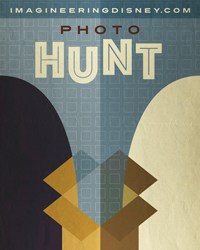
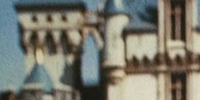
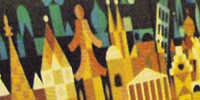
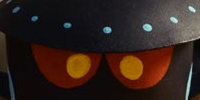

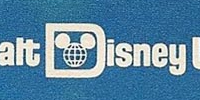
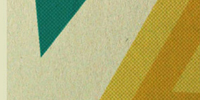
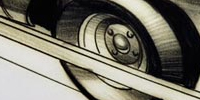

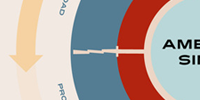
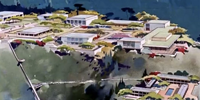
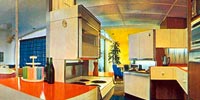
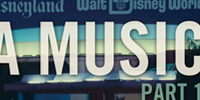
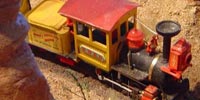
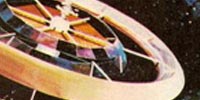
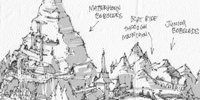
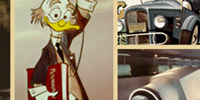
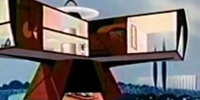
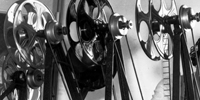
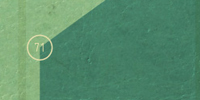
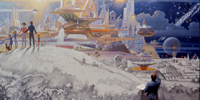
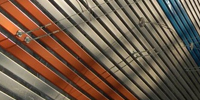
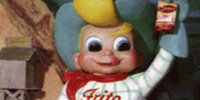
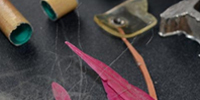
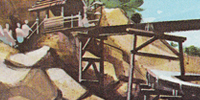
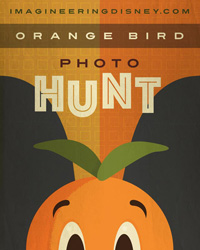
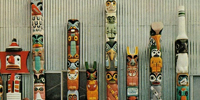
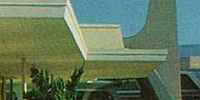

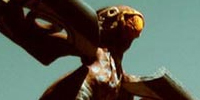
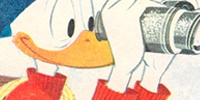
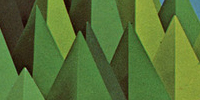
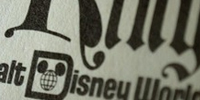
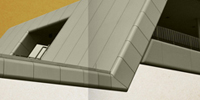
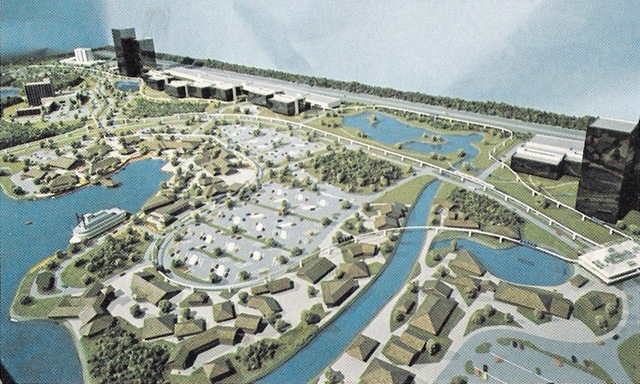
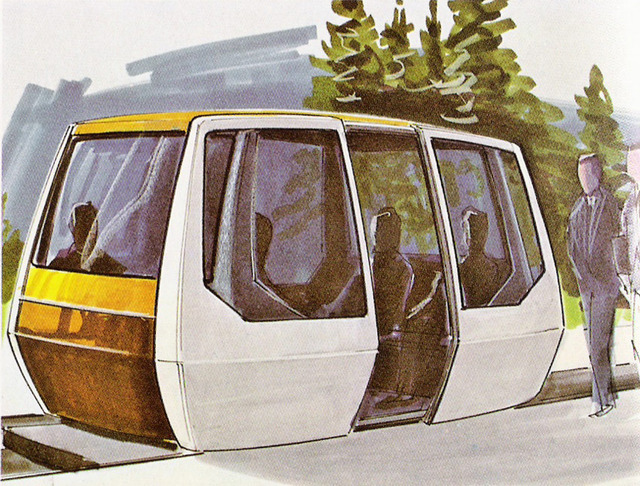
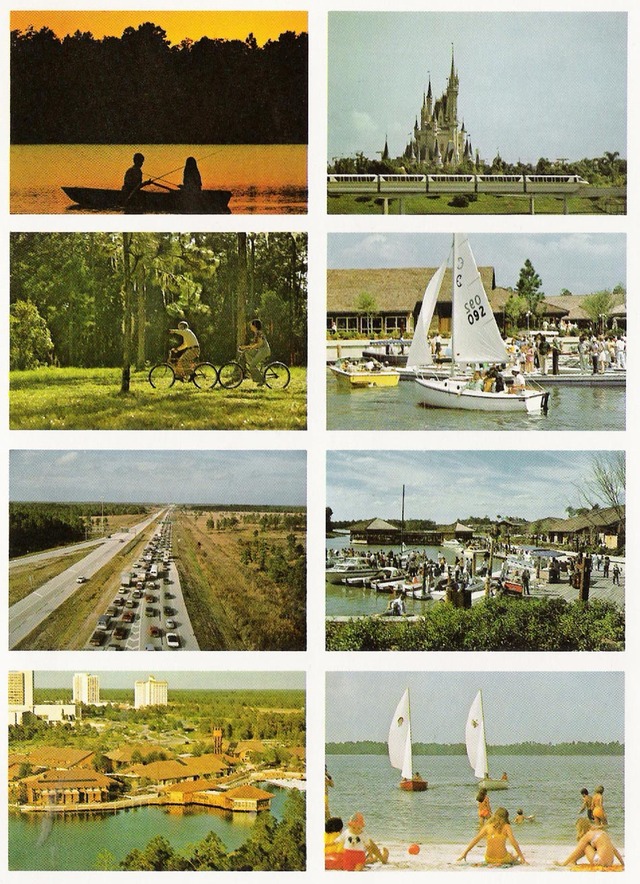
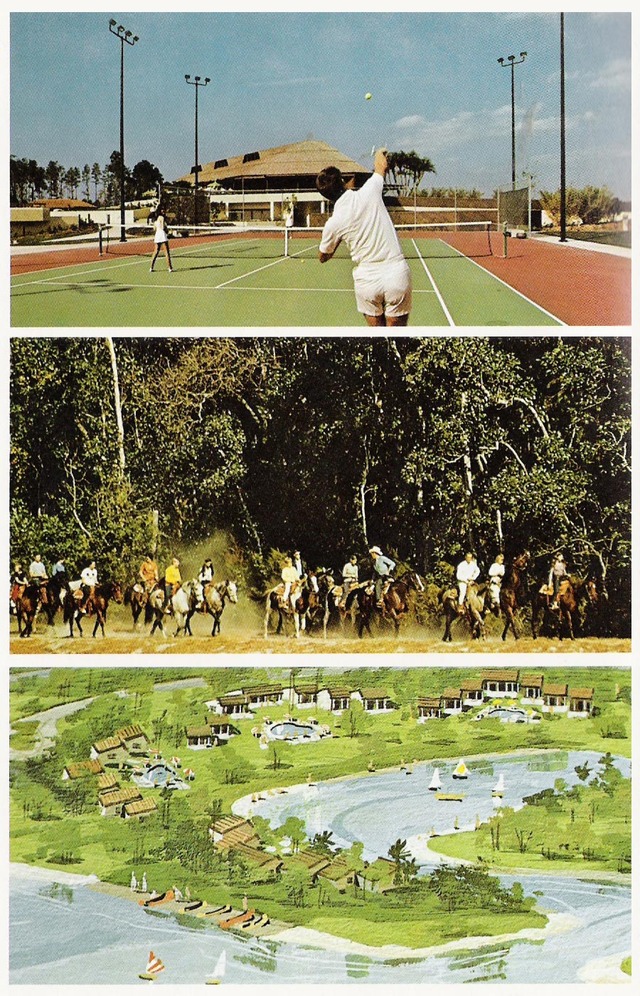
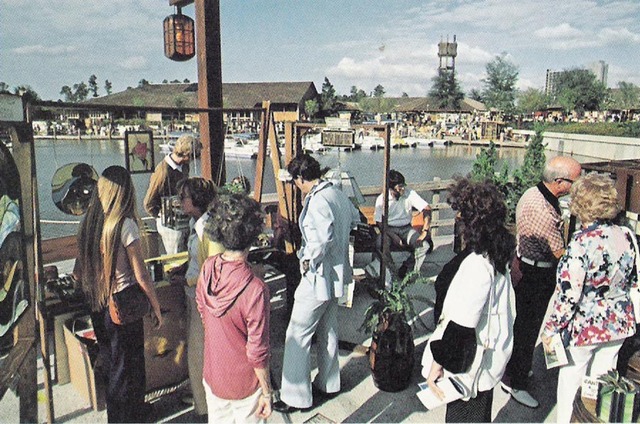
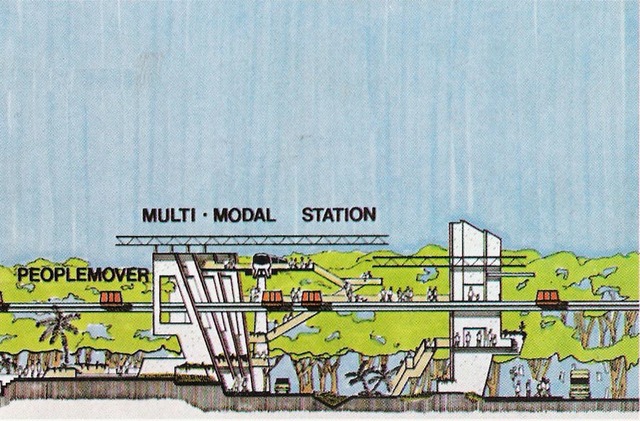
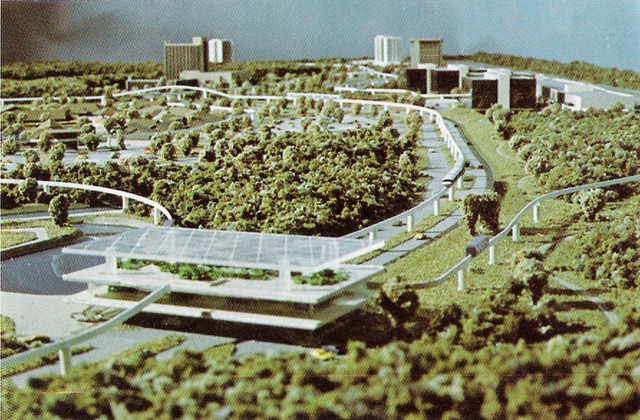
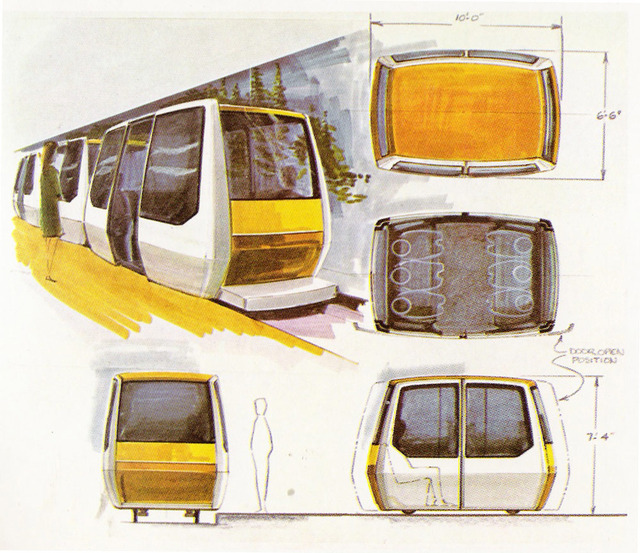
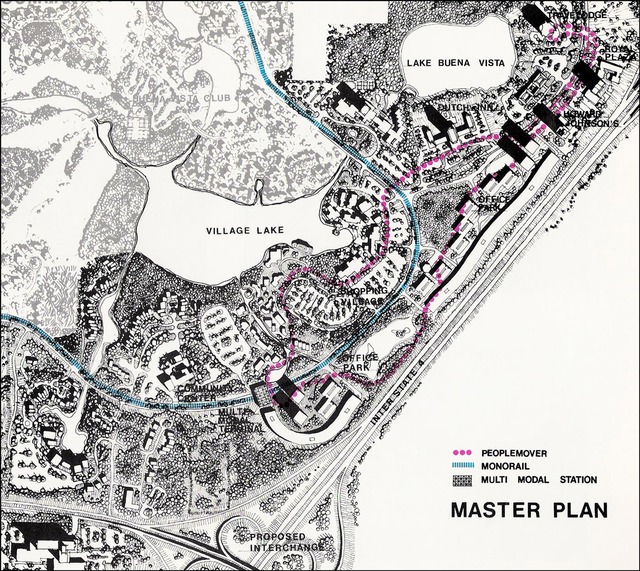
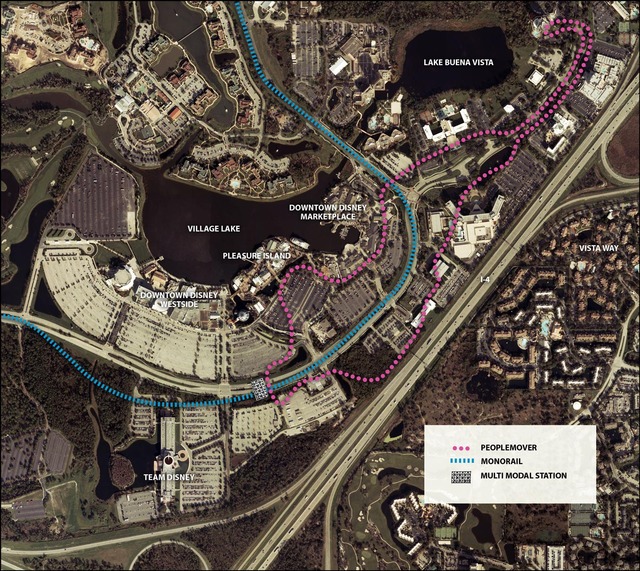
Reader Comments (20)
Oh Walt, if only you had another 10-15 years. You WOULD have made EPCOT and LBV the way they should have been, and who knows what else. We are all poorer from your all too early departure from this earth.
great stuff! thanks for postin!
Wow, I never knew this.... that's amazing! I've always had thoughts of what it'd be like if they expanded the system. According to a few sources, they had looked into that about 5 years ago, but it would cost too much. My counter is: how much more is it to run so many busses?
And I'm in agreement over the first comment; walt left too early. with his guidance, so much could be different. I just finished one of his biographies, and there's just this big hole in his dreams that was never completed, and no one could quite follow it.
Awesome post!
You guys really need to build a time machine so we can go back and hide all of Wal'ts cigs.....Just a few more years and we would have had all of this amazing stuff!
It's amazing how connected transportation would have been at Disney World if the company had decided to go along with Walt's original vision. Maybe Orlando would have become bub for sustainability decades before "Green" was in. The legacy of the Peoplemover is still with us today, but it is in places like Dubai and Madsar City:
http://www.youtube.com/watch?v=7UMvj2ZYnU8
I agree...if only Mr. Disney had had another 20 years...so many of his ideas are so applicable today. I live in a smallish rural area near Seattle, and I can easily imagine a Peoplemover skimming above the freeway divide, whisking me from my village green to downtown and various points in-between.
It's sad because this was all eminently doable. Even today, Walt Disney World could become a model of green transportation but no, the corporate Nimrods that run the place would rather throw money into DVC resorts. It kills me.
Fantastic article. A place I would have waited in line for years to be a part of. Thanks for filling in the details with so much information and photos. Is it true one of the reasons this was scrapped was because residents would have been entitled to voting rights?
great stuff just wish that it could have been ..i would love to find a way to build Walts last couple unfinished dreams . i think he was one of the greats of this world
Are you familiar with the PRT at West Virginia University at all? It's very similar, and as far as I know, it's the only one operating in the country:
http://www.youtube.com/watch?v=Di5acGAmcm0
Jeffk...yes, I'm familiar with that one, and if you're interested, you should check out www.ultraprt.com.
Inspirational article. I'm struck by the fact that Disney really did end up doing a version of a prototype community in the 70s (Lake Buena Vista), 80s (Epcot Center), and 90s (Celebration), which all ultimately "tamed" the car by "peripheralizing" it despite radically different architectural approaches. It's also interesting how the "green urbanism" of LBV seems to be coming back around from Harvards GSD and beyond.
Have you found any research on who the original architects of the shopping center or the Fairway Villas were? Also on Wing Chao's involvement with LBV planning...my understanding is that this was a continuation of his Graduate work at Harvard
More on the story here
http://www.2719hyperion.com/2010/03/lake-buena-vista-story-part-one-1969.html
This would be very cool a similar idea was dreamt by a man named tony wise who owned one of the most succesful u.s. ski resorts in the midwest in telemark resort. His idea much like this was themed villages just without a peoplemover. Built 2 villages and a HUGE law.
correction: law should be lodge
We had a prototype test track for the LBV peoplemover setup in the WED parking lot. There was a new 4way rotating track switching system. All motors were linear induction. We re-purposed the track and used it to test control systems for the Wedway peoplemover in Houston. It was all derived from the peoplemover system in WDW. The track was also used during open houses to give visitors rides. There was also a space mountain test track and a linear induction ski lift for Mineral King.
Where is the scale model today?
This actually came from a report that came out in the mid to late 70's
I have the actually Reedy Creek report and I have transferred over to cd....
To find out more, go to:
http://yardsellr.com/for_sale#!/reedy-creek-report-on-lake-buena-vista-peoplemover-on-cd-1439864
The "Transient Homes" were actually built (Fairway Villas which were originally leased to corporations). The homes later became part of the "Village Resort" then Disney Institute, and finally were demolished to make way for expansion of Saratoga Springs.
I have always wondered why a monorail loop was not extended to the Downtown Disney area, first know as the Disney Marketplace, in the beginning. The hotels on the Plaza Blvd. being among the first at WDW would have benefited greatly. Though bus transportation is adequate, a monorail ride to and from the Magic Kingdom would have added some more "magic" to the Disney experience, not to mention the decrease in pollution and fuel consumption of ground transportation. There was also talk of a monorail to Orlando International Airport at one time. I can understand why that didn't materialize.
It frequently takes a long time for me to get from the TTC to Magic Kingdom in the mornings and it always takes an extremely long time to get from Magic Kingdom back to the TTC after the fireworks because of the long lines. What if they built a Peoplemover system in addition to the Monorail and Ferry?